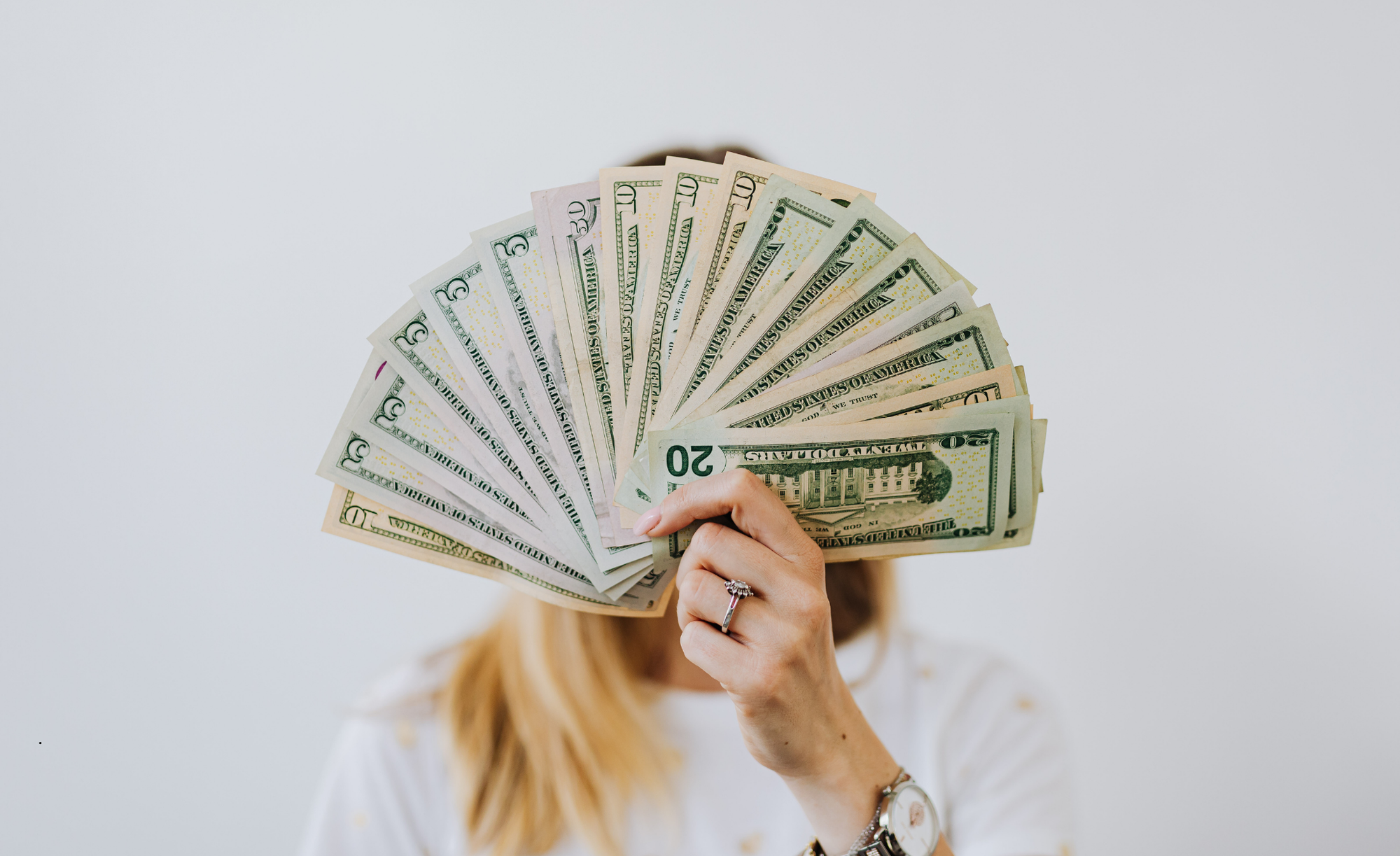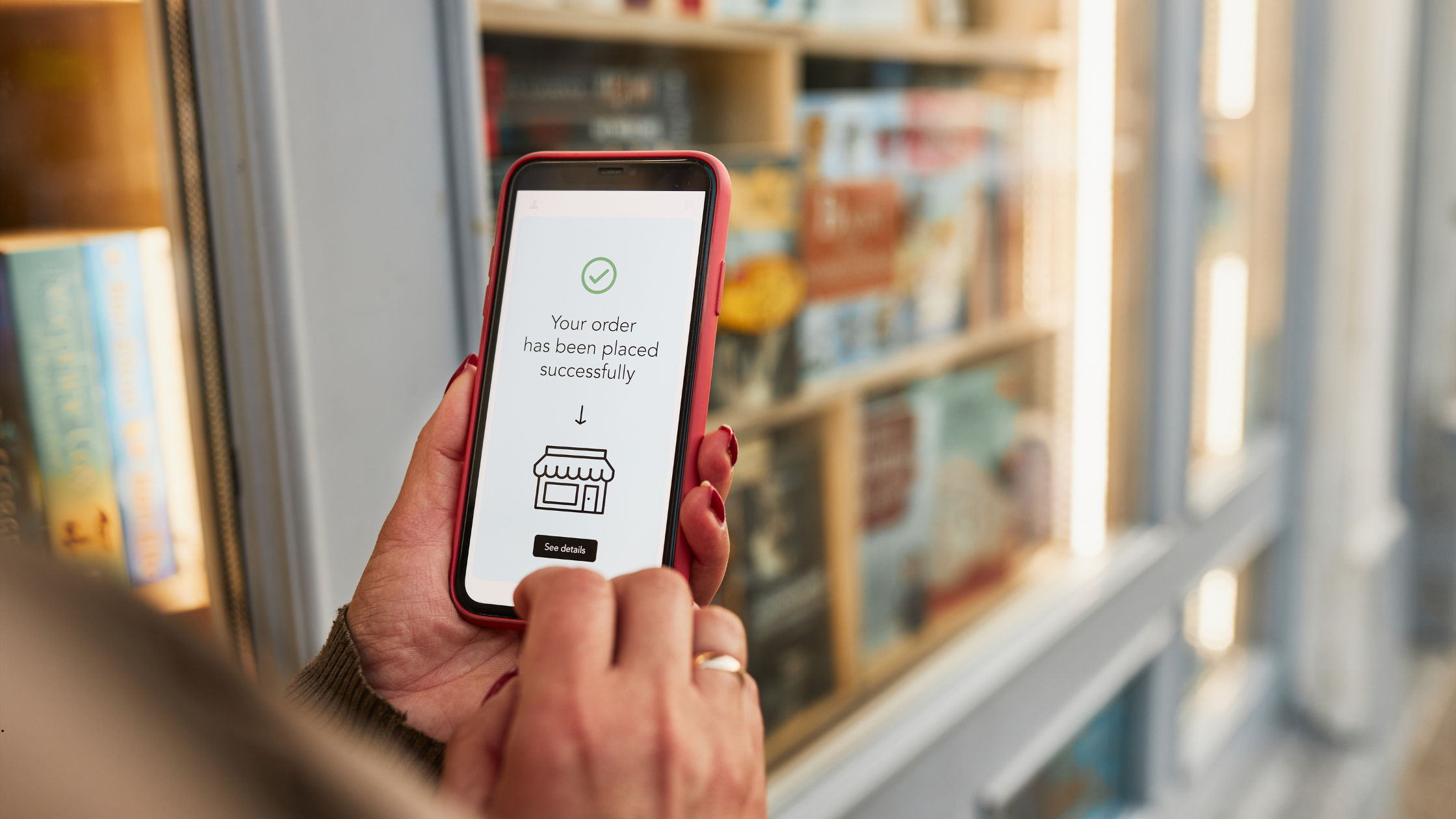
Everyone loves a good deal - whether it’s a flash sale, free shipping threshold, or a limited-time offer. But to truly maximize your conversion rate and average order value (AOV), your discount strategy needs to be rooted in consumer psychology rather than just competitiveness.
Discounts that don’t consider customer behavior, perceived value, and your long-term brand equity can lead to margin erosion and promotional fatigue. By understanding the psychology behind why people buy, you can use discounts as a powerful tool to drive more revenue - without hurting your brand.
How Discounts Affect Consumer Behavior
Discounts tap directly into the emotional and cognitive biases that guide decision-making. Here’s how they influence customer perception, engagement, and loyalty:
Discounts Trigger Happiness and Emotional Connection
Research in behavioral economics shows that saving money releases dopamine and oxytocin, chemicals linked to pleasure and trust. When customers experience positive emotions from your deals, they’re more likely to develop brand loyalty and positive brand recall, associating your business with the “feel-good” moment of saving.
Discounts Build (and Depend On) Trust
Consumers assume discounts are genuine reductions from real prices - a built-in trust signal. But this trust can be fragile. Avoid manipulative tactics like inflated base prices or endless “fake” markdowns, which can damage brand perception and reduce customer lifetime value (CLV) over time.
Discounts Create a Sense of Urgency
Nothing drives conversions quite like scarcity and FOMO (fear of missing out). Limited-time offers, countdown timers, and flash sales create anticipatory regret - a powerful emotional trigger that encourages shoppers to buy now rather than later. This kind of price framing leverages natural decision-making biases to move customers through the checkout funnel faster.
Discounts Reduce the Propensity to Shop Around
When shoppers see an exclusive coupon or offer, they’re less likely to comparison-shop. This loss aversion effect keeps them focused on your store. For ecommerce brands, this is key to reducing cart abandonment and improving on-site retention.
Discounts Can Create Expectation Fatigue
While promotions drive short-term sales, frequent discounting can train customers to wait for the next deal. This can erode perceived value and damage long-term profit margins. To avoid this, use dynamic discounting or tiered thresholds strategically. Reward loyal customers or incentivize higher order values, but don’t make discounts your only differentiator.
The Way Discounts Are Presented Shapes Perceived Value
In price psychology, presentation is everything. Shoppers often don’t do the math; instead, they react emotionally to big numbers and bold offers. For example, “Buy One, Get One 50% Off” sounds better than “25% off two items,” even though the savings are the same. This is anchoring in action, using larger numbers or visual emphasis to influence value perception.
Common Discount Types That Drive Results
Here are some tried-and-true discount structures, each tapping into different psychological triggers and pricing strategies:
- Dollar or Percentage Off: Straightforward “$25 off” or “20% off” deals remain popular because they’re easy to understand.
- BOGO (Buy One, Get One): Encourages multi-buy incentives and increases average order value.
- Tiered Threshold Discounts: “Spend $150, get 15% off” promotes cart building and higher spend per visit.
- Rebates: Ideal for higher-ticket items; they appeal to delayed gratification psychology while maintaining margin preservation.
- Free Shipping Threshold: One of the strongest conversion rate optimization tools. Customers will add more items to qualify.
- Product Bundling: A form of cross-sell and up-sell, increasing both perceived value and total spend.
- Free Gift with Purchase: Creates excitement and perceived generosity, enhancing brand affinity and shopper experience.
How to Make Discounts Work for Your Business
Smart discounting requires balance - between driving revenue and preserving profitability. Follow these steps for a sustainable, data-driven approach:
- Define Your Goal: Are you aiming to increase sales uplift, reduce inventory turnover, or drive repeat purchases?
- Know Your Margins: Discounts should enhance, not erase, your bottom line. Model your pricing with A/B testing to gauge promo ROI.
- Set Clear Restrictions: Include expiration dates, thresholds, and exclusions to prevent confusion and ensure transparent communication.
- Experiment with Formats: Test limited-time flash sales against tiered incentives or free shipping thresholds to find what resonates with your audience.
- Analyze and Optimize: Track discount performance metrics like conversion rate, AOV, and CLV to fine-tune future promotions.
In Conclusion
Discounts are more than just sales tools - they’re powerful psychological levers that shape consumer behavior, perceived value, and brand loyalty. When grounded in behavioral economics and executed strategically, they can increase conversion rates, boost customer satisfaction, and grow your bottom line - without sacrificing long-term profitability.
By understanding how your audience thinks, feels, and reacts, you can transform your discount strategy into a science-backed engine for sustainable ecommerce success.










